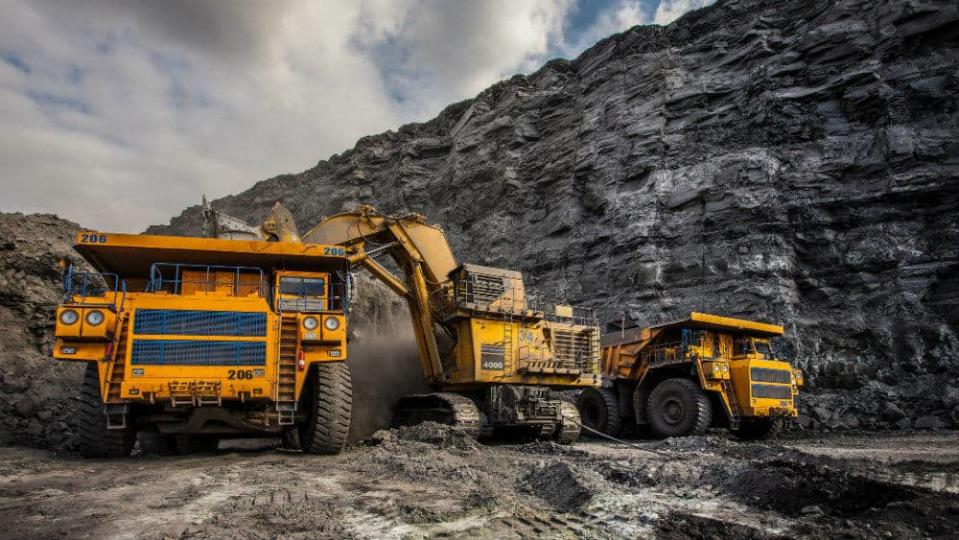Dividend Investors: This Might Be Canada’s Best Mining Stock

As far as this analyst is concerned, there are two major problems with mining stocks.
The first is the dependence on a commodity that nobody can predict, never mind control. There are a million things that can impact the price of gold, copper, or iron ore. General economic demand can sink a commodity, but so can a big, new mine putting the supply-and-demand curves all out of whack. None of this is in a mine operator’s control.
And then there’s the massive operating leverage inherent with the industry. Operating costs stay pretty much the same, no matter what happens with the price of the commodity. This works in our favour if the commodity is going higher, but it’s a disaster when the price of the commodity is collapsing. I don’t like that uncertainty.
But what if there was a commodity stock that allowed investors to avoid much of these two downfalls? And, as a bonus, what if that stock was currently flirting with a 52-week low?
This situation exists today. And upon a little further investigation, it looks to be pretty intriguing. Let’s check it out.
A different mining stock
Labrador Iron Ore Royalty (TSX:LIF) is a little different than the average mining stock. It owns a 15.1% interest in the Iron Ore Company of Canada, which operates one of Canada’s largest iron ore mines located near Labrador City. This mine offers low operating costs, a long reserve life, and the operating company owns the railway needed to get the product to port.
The royalty corp doesn’t just get its share of the mine’s profits. It also gets a royalty of 7% of all iron ore sales as well as $0.10 per tonne of production. This translates into some decent revenue; in 2018, the royalty corp did just over $130 million in revenue. Since it has no operating costs, almost all of that translated into profit.
These profits are almost all given back to investors in the form of succulent dividends. In 2019, the company paid $4 per share back to shareholders. The regular dividend is $1 per share, and then the company pays special dividends for the rest of its profits. Remember, this stock traded at the $25-$30 level for most of 2019. This translates into an exceptional dividend yield.
Despite solid results in 2019, the stock is currently flirting with a fresh 52-week low, with shares trading just above $21 each. The main reason for this pessimism is the weak iron ore market. Investors are concerned with both general economic growth and near-term results from China, both of which are weighing down the commodity’s price. After reaching a high of over US$120 per tonne in 2019, the benchmark price for iron ore is currently languishing at US$86 per tonne. The mine also reported lower-than-expected production numbers recently, but this should be remedied in 2020.
The opportunity
In 2018, iron ore prices were even weaker than today, trading in a range between US$60 and US$75 per tonne. We can use Labrador Iron Ore’s results from that year as a reasonable proxy for 2020’s expected results.
The company generated $149 million in cash flow from operations that year, which was enough to afford a $2.65-per-share dividend. Remember, the stock was able to afford a $4-per-share dividend in 2019, when iron ore prices were stronger.
Say we lower our expectations a bit, because the commodity’s price is rather unpredictable. Even if we assume a $2-per-share dividend, that’s a yield of nearly 10% today. And investors get upside potential from both higher dividends in the future and share price appreciation.
If the stock can replicate 2018’s results, shares trade at just nine times cash flow from operations. That’s ridiculously cheap considering the long life the mine has ahead of it.
The bottom line
One of Canada’s best dividend opportunities is Labrador Iron Ore Royalty. Don’t be afraid of this inconsistent dividend. Take the opportunity to lock in a position today, and you’ll really thank yourself the next time the iron ore market takes off. And you also get downside protection thanks to the dividend — no matter what it might be.
More reading
Fool contributor Nelson Smith has no position in any of the stocks mentioned.
The Motley Fool’s purpose is to help the world invest, better. Click here now for your free subscription to Take Stock, The Motley Fool Canada’s free investing newsletter. Packed with stock ideas and investing advice, it is essential reading for anyone looking to build and grow their wealth in the years ahead. Motley Fool Canada 2020

 Yahoo Finance
Yahoo Finance 